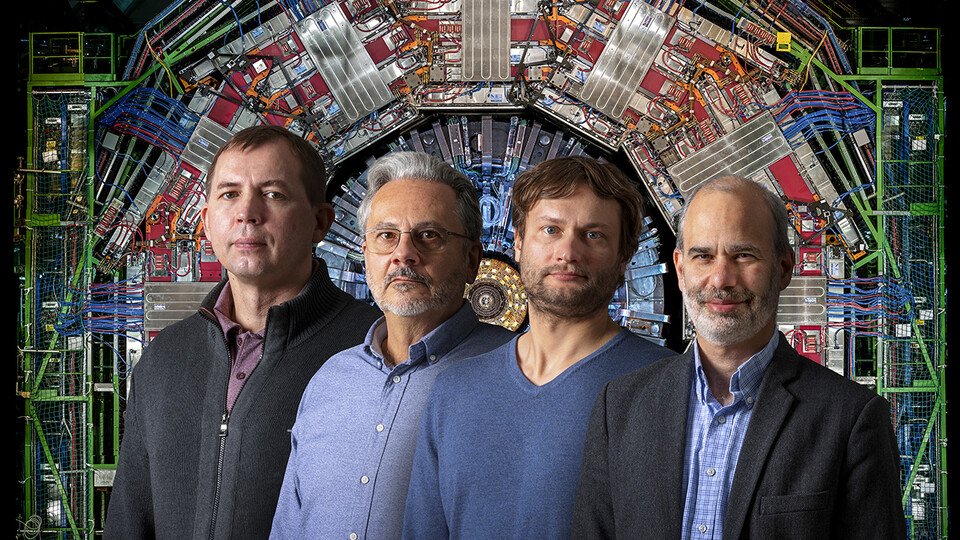
University receives $51M NSF grant to advance subatomic physics research
by Tiffany Lee | Research and Economic Development
The University of Nebraska–Lincoln has received a five-year, $51 million grant from the National Science Foundation that will advance cutting-edge work in subatomic physics at CERN’s Large Hadron Collider, the world’s largest, most powerful particle accelerator located near Geneva, Switzerland.
The grant — one of the largest in the university’s history — will enable 1,200 U.S. physicists from 51 institutions to maximize the potential of the Compact Muon Solenoid detector, an instrument at the collider used to study what happens when high-energy particles collide. The funding will support the U.S. CMS Operations Program, the NSF-funded portion of which Nebraska will now lead through 2026. The program, also funded by the U.S. Department of Energy, maintains the operation of the U.S.-supplied-and-developed components of the CMS detector, oversees its software and computing infrastructure, and plans for future upgrades.
The operations program is foundational to maintaining and upgrading the CMS detector. The instrument functions as a giant high-speed camera within the LHC, capturing “photographs” of particle collisions that help scientists unlock mysteries about the universe’s origins and composition and glean insight into the laws of nature. The detector was integral to the 2012 discovery of the long-sought-after Higgs boson particle and is expected to spur further discoveries in particle physics.
As a leader of the operations program, Nebraska is charged with distributing funds to 19 partnering institutions, all of which are leaders in the field of particle physics. They include the Massachusetts Institute of Technology, California Institute of Technology, Princeton and Cornell.
Maintaining the CMS detector — which is 14,000 tons and has two endcaps each the size of a five-story building — is a significant undertaking and is the backbone to the research conducted at CERN.
“No one can do the research unless we do the operations and maintenance,” said Ken Bloom, professor of physics and the project’s principal investigator. “It enables research on this campus and at the 50 other CMS universities in the U.S. The whole international collaboration needs these activities in the U.S. to be successful.”
Read more:
https://news.unl.edu/newsrooms/today/article/husker-team-takes-leading-role-at-cerns-large-hadron-collider/
More details at: https://news.unl.edu/newsrooms/today/article/bloom-talks-stewardship-of-51m-grant-future-of-particle-physics/